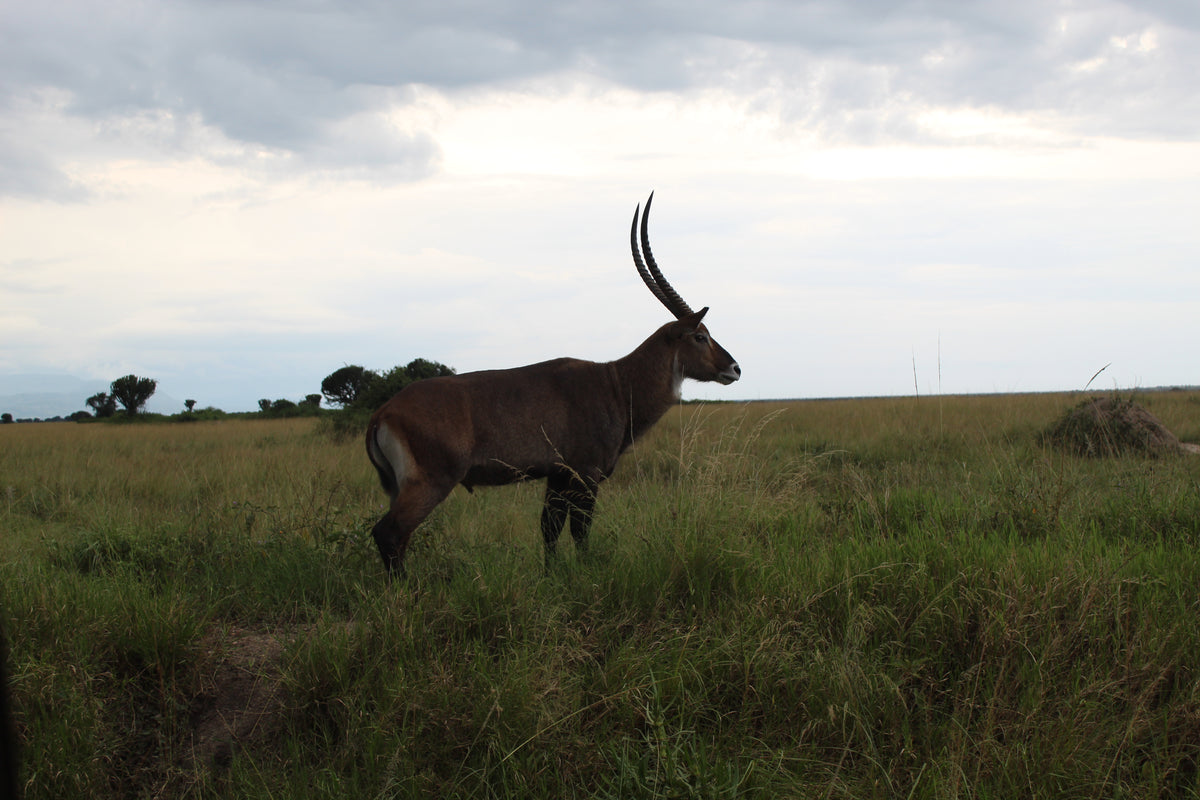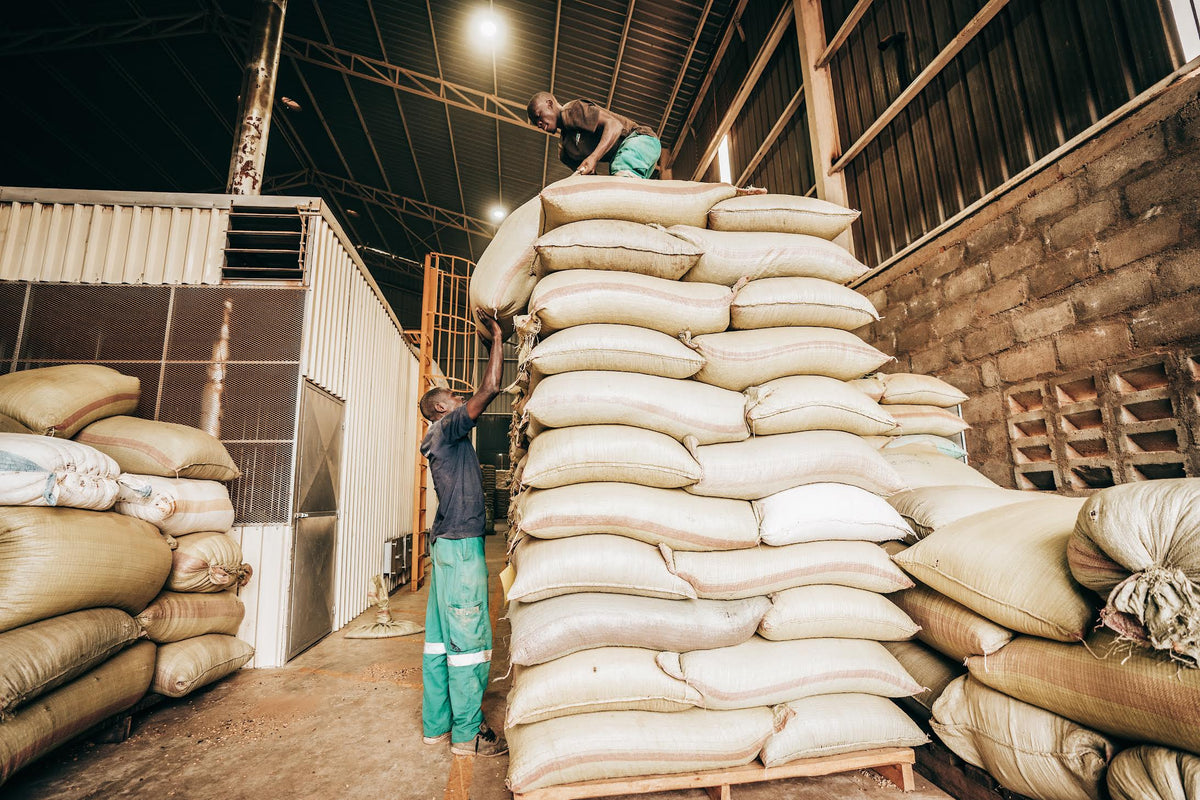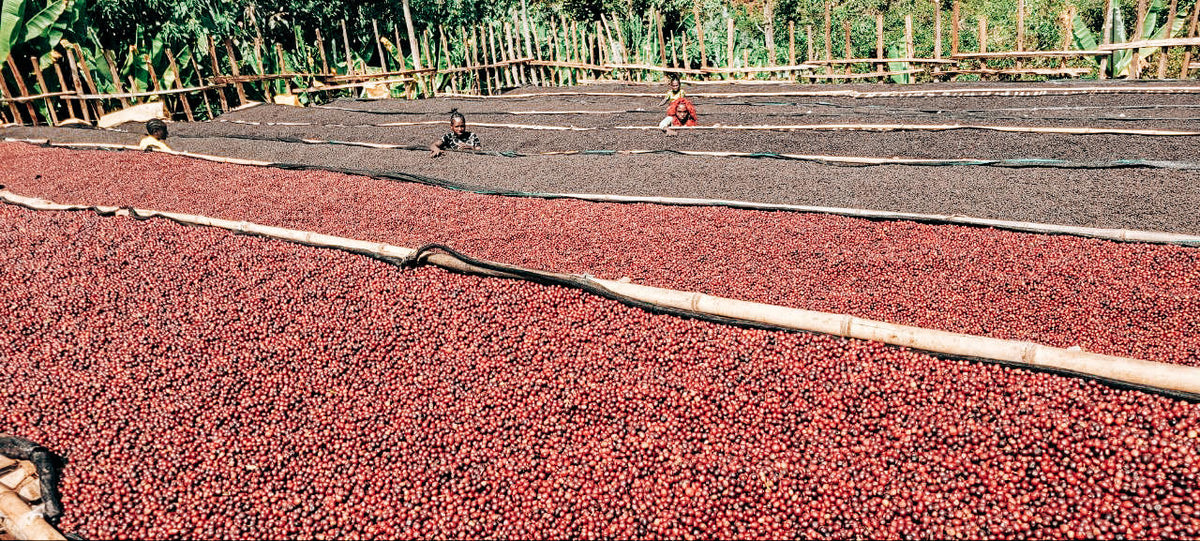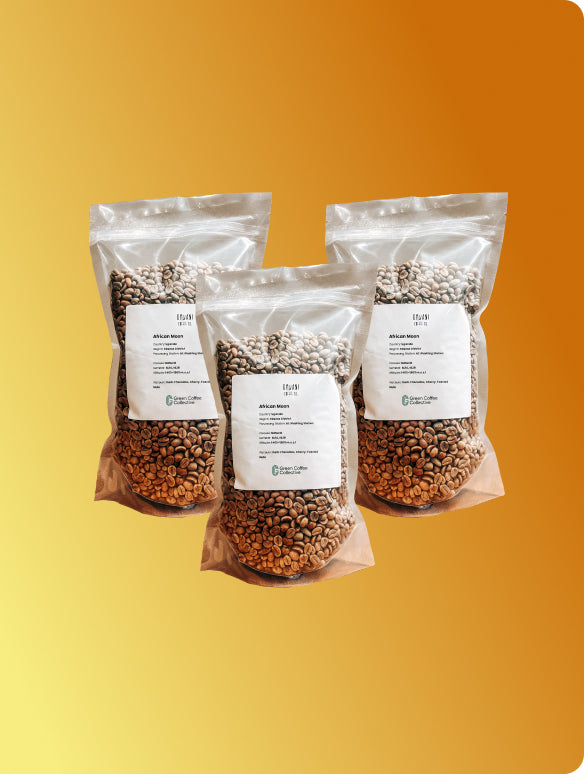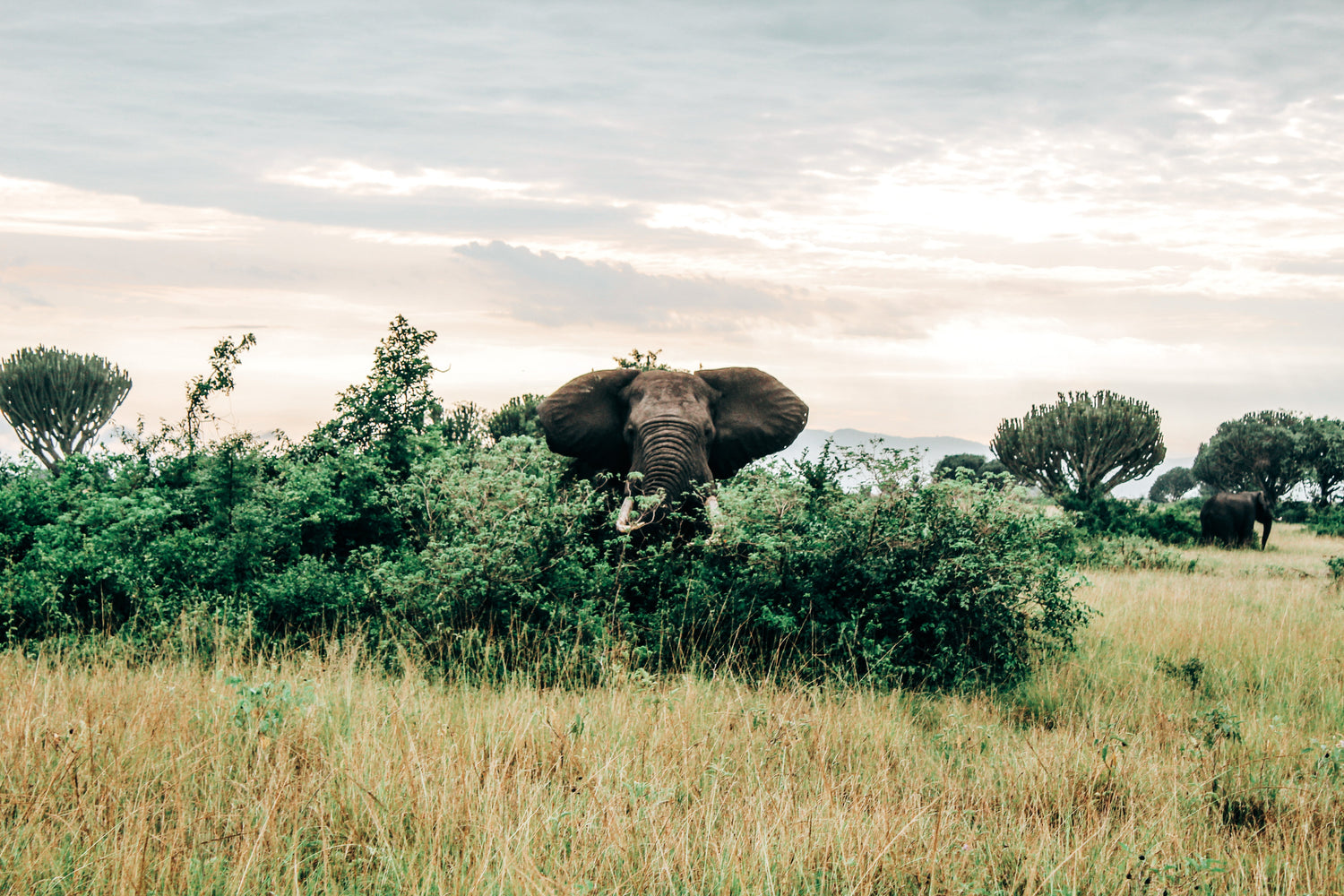
Uganda Green Coffee Beans
Explore our range of Ugandan coffee beans, with a variety of processing methods and regions. Perfect for professional roasters, our selection offers both versatility and quality, ensuring you find the ideal green beans for your roasts. Whether you’re looking for wholesale quantities for larger operations or smaller batches for testing, we provide the options you need.
-
Kwezi Natural - Drugar Premium
Cupping Score85.0Processing methodVarietalSL 14Main flavour notesFruity | Nutty | Honey | ChocolateOut of Stock -
Bukonzo Dream
Cupping Score86.25Processing methodVarietalSL 14 , SL 28Main flavour notesStrawberry | Caramel | Milk Chocolate | Tropical FruitOut of Stock -
Midnight Flyer [24]
Cupping Score86.25Processing methodVarietalSL 14 , SL 28Main flavour notesClean | Caramel | Apricot | JuicyOut of Stock -
Uganda Bugisu AA Fully Washed RA
Cupping Score84.5Processing methodVarietalBourbon , SL 28Main flavour notesLemon | Black Tea | Brown Sugar | SweetOut of Stock -
Bukonzo Dream Extended Fermentation [24]
Cupping Score85.75Processing methodVarietalSL 14 , SL 28Main flavour notesLychee | Green Tea | Sugar Cane | OrangeLow Stock -
Agri Evolve Pulped Anaerobic
Cupping Score86.75Processing methodVarietalSL 14 , SL 28Main flavour notesOrange | Tropical FruitOut of Stock -
East African Natural Staple Subscription
Processing methodVarietalMultipleMain flavour notesRed Berry | Fruity | Syrupy SweetnessIn Stock
Your guide to Uganda Green Coffee Beans
-
How do different regions in Uganda produce different tasting coffee?
-
What makes Ugandan coffee beans unique?
-
Our relationship with Ugandan coffee producers
-
Discover the Distinctive Brilliance of Uganda Green Coffee Beans
-
Why Uganda Green Coffee Beans Are Famous
-
Why Roasters Love Uganda Green Coffee Beans
-
Flavor Profile & Cupping Notes
-
Coffee-Growing Regions of Uganda
-
Varietals & Species
-
Harvest Seasons & Availability
-
Processing Methods in Uganda
-
Notable Varieties of Uganda Green Coffee Beans
-
Usage & Versatility of Uganda Green Coffee Beans
-
Best Brewing Methods for Uganda Green Coffee Beans
-
Quality Standards for Green Coffee Beans in Uganda
-
Sourcing & Traceability
-
Buy 100% High-Quality Uganda Green Coffee Beans
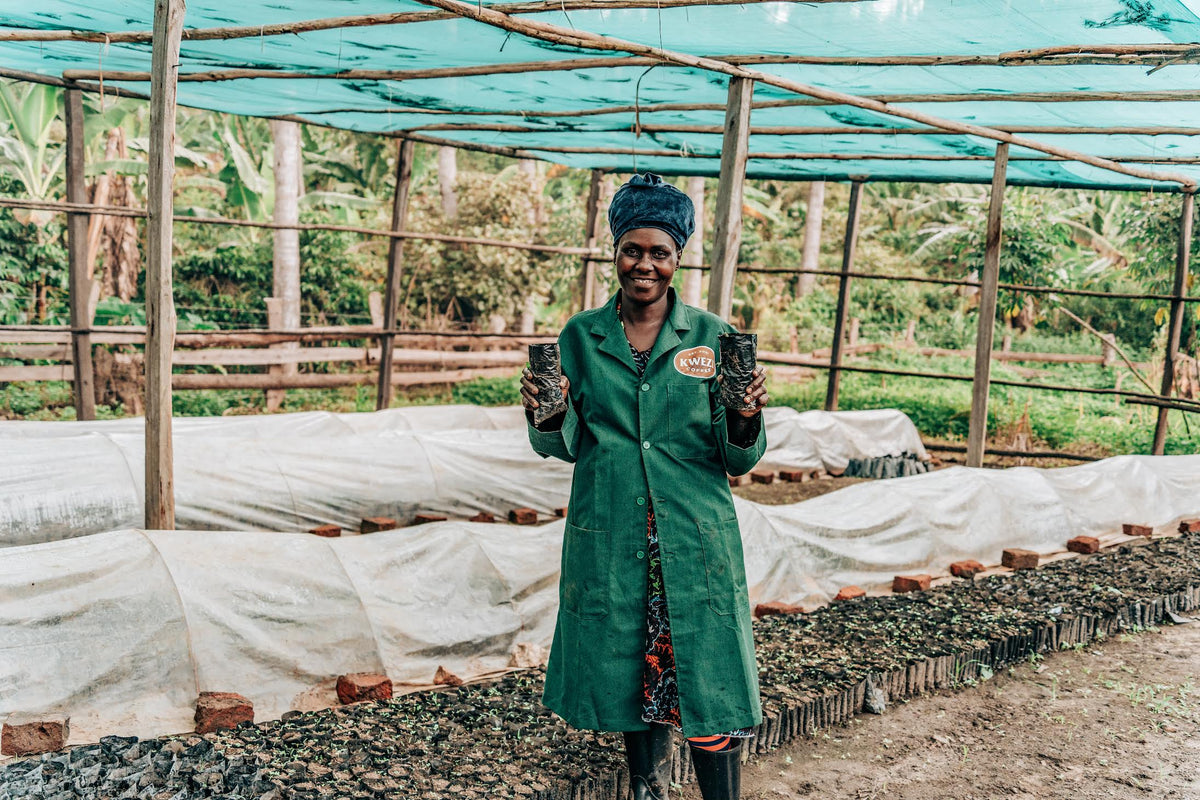
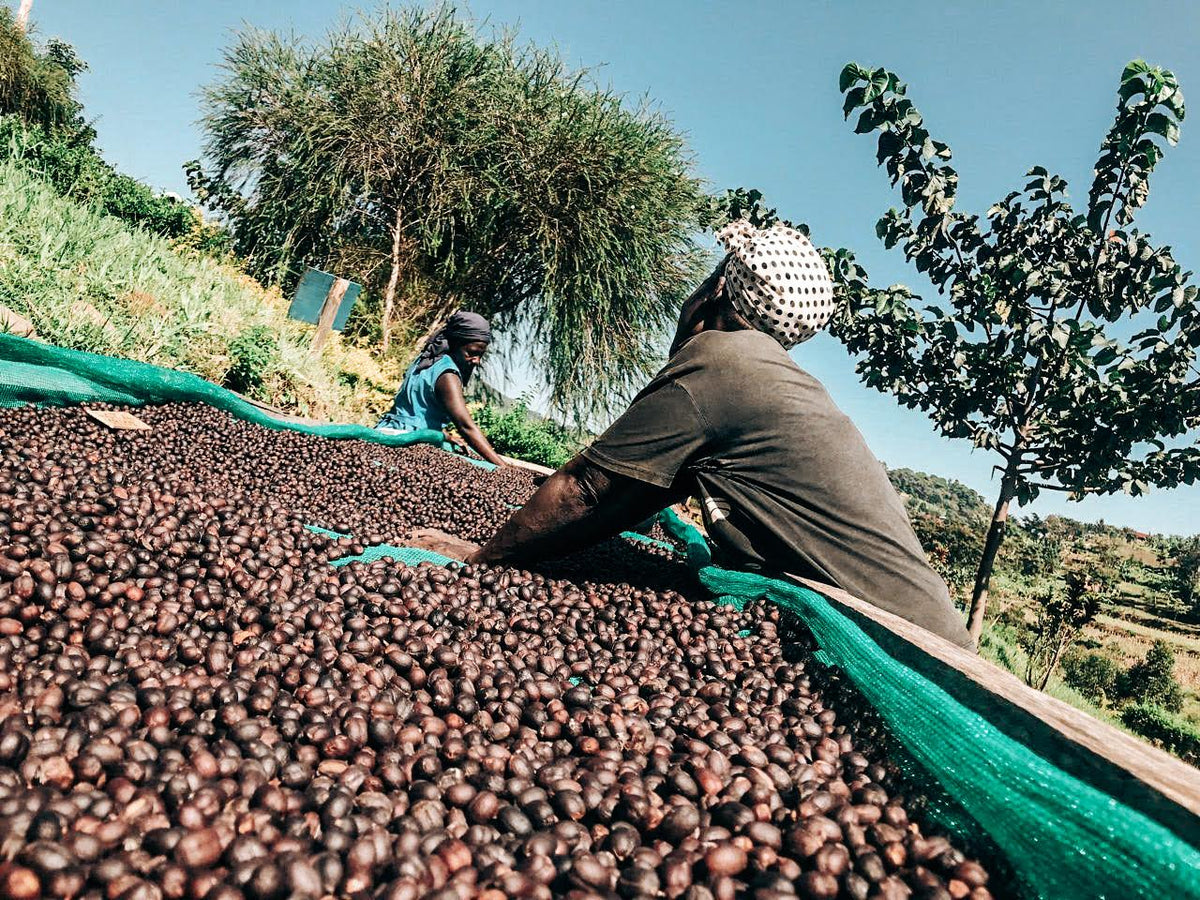



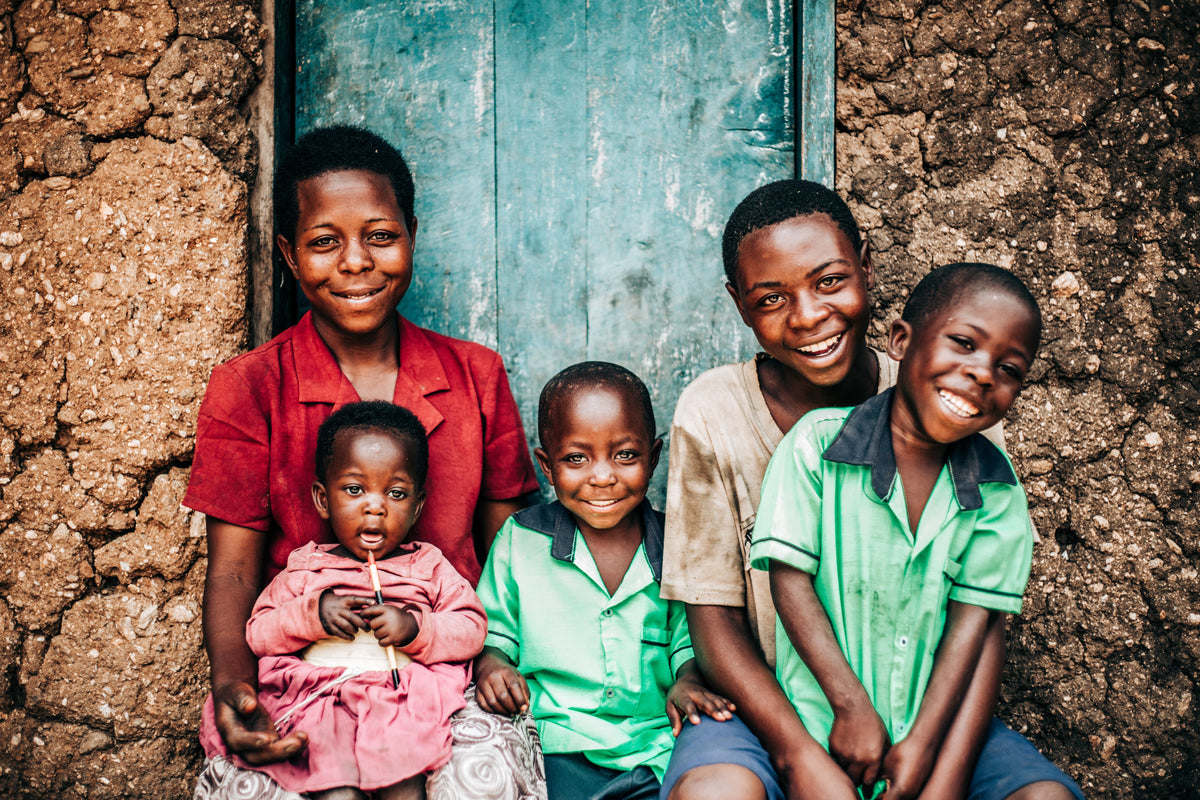

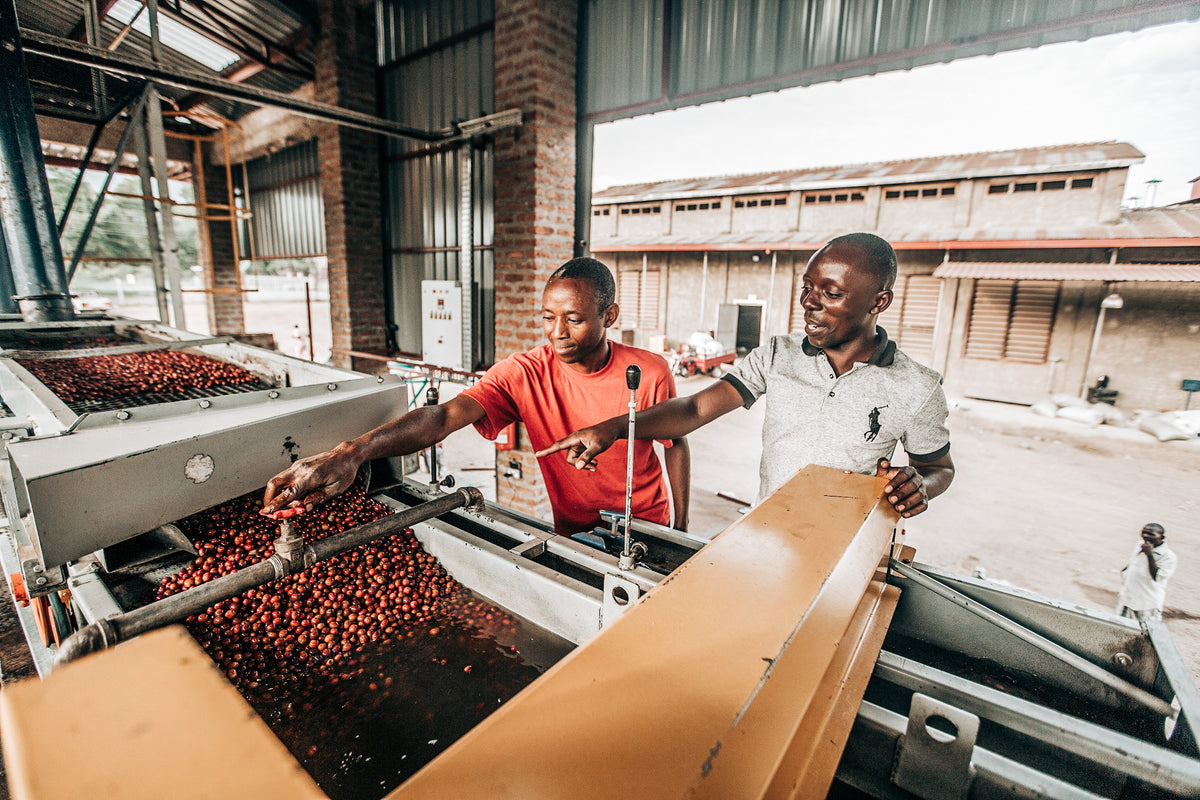
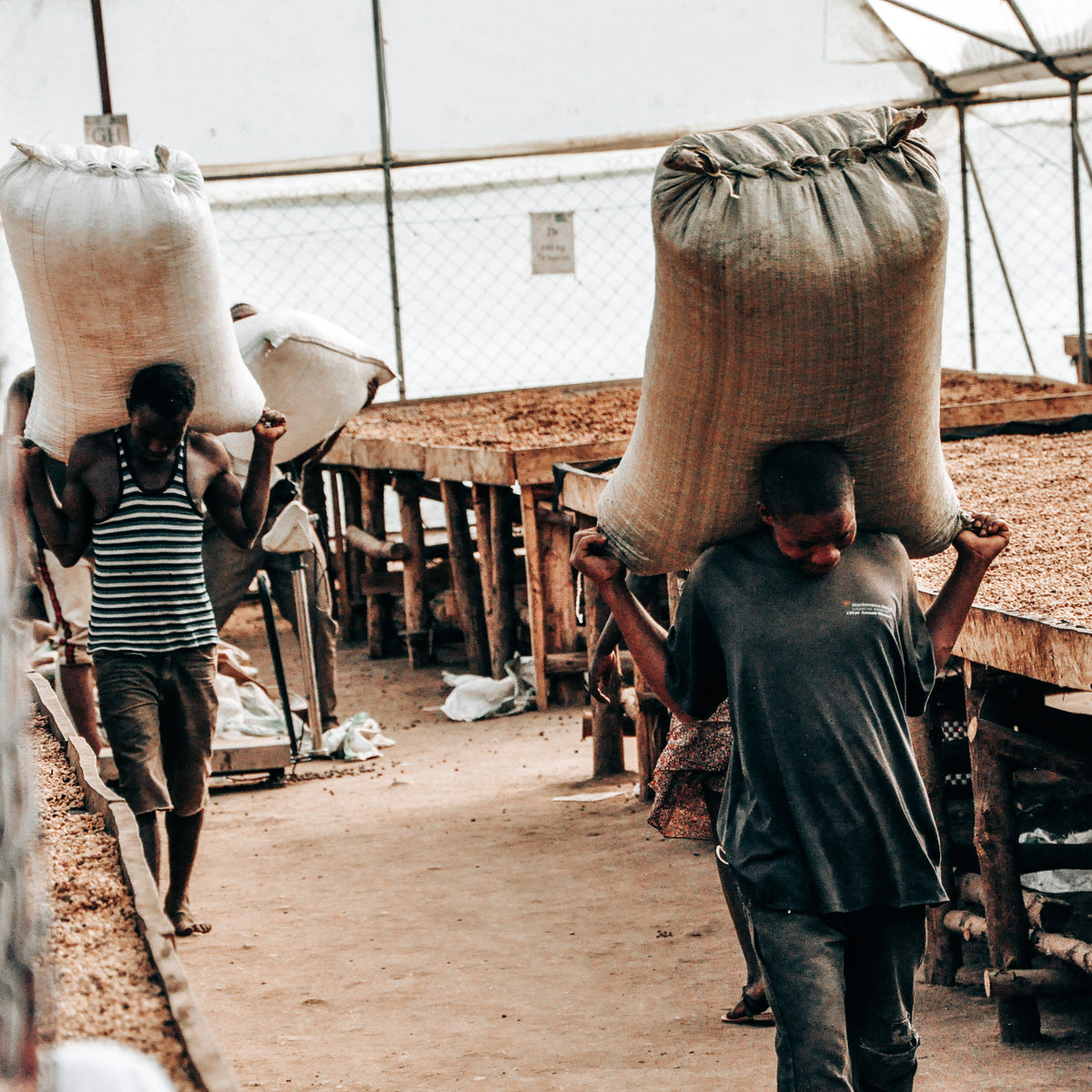
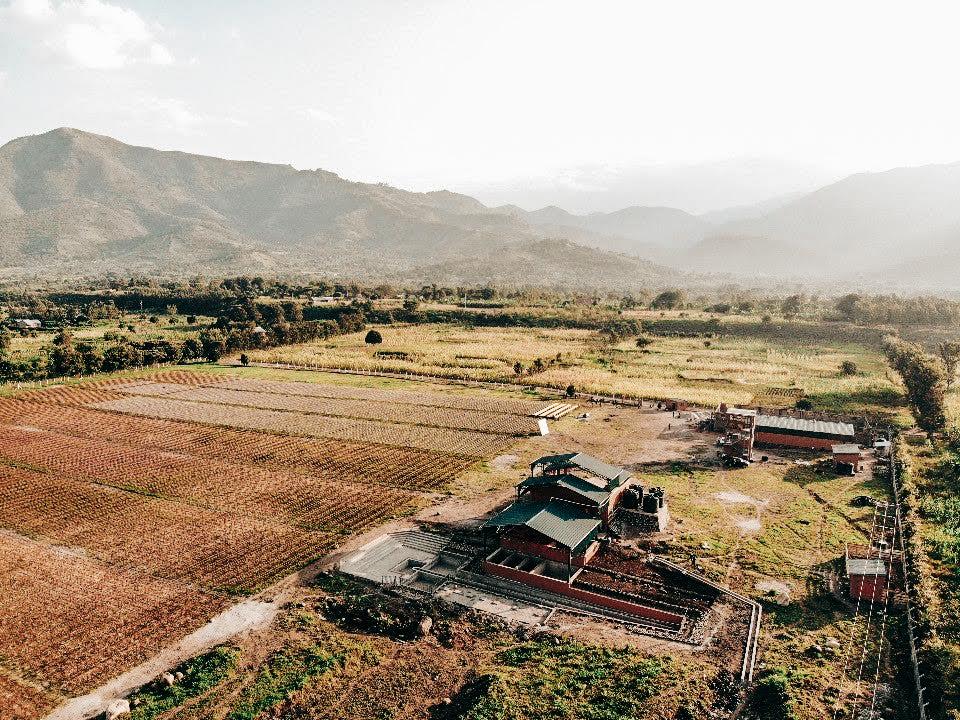
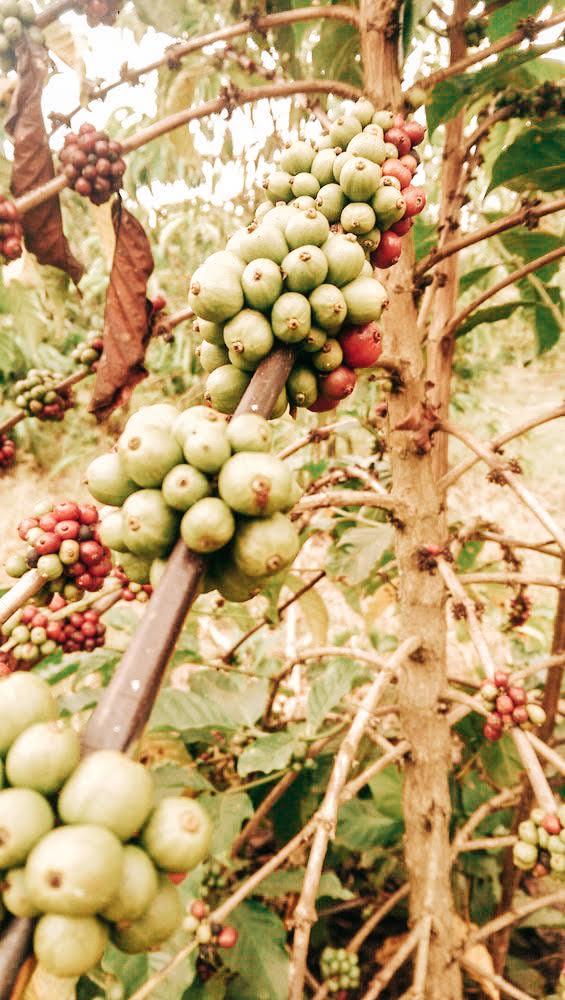

![Bukonzo Dream Extended Fermentation [24]](http://greencoffeecollective.com/cdn/shop/files/IMG_3133.jpg?v=1730911950&width=1200)
